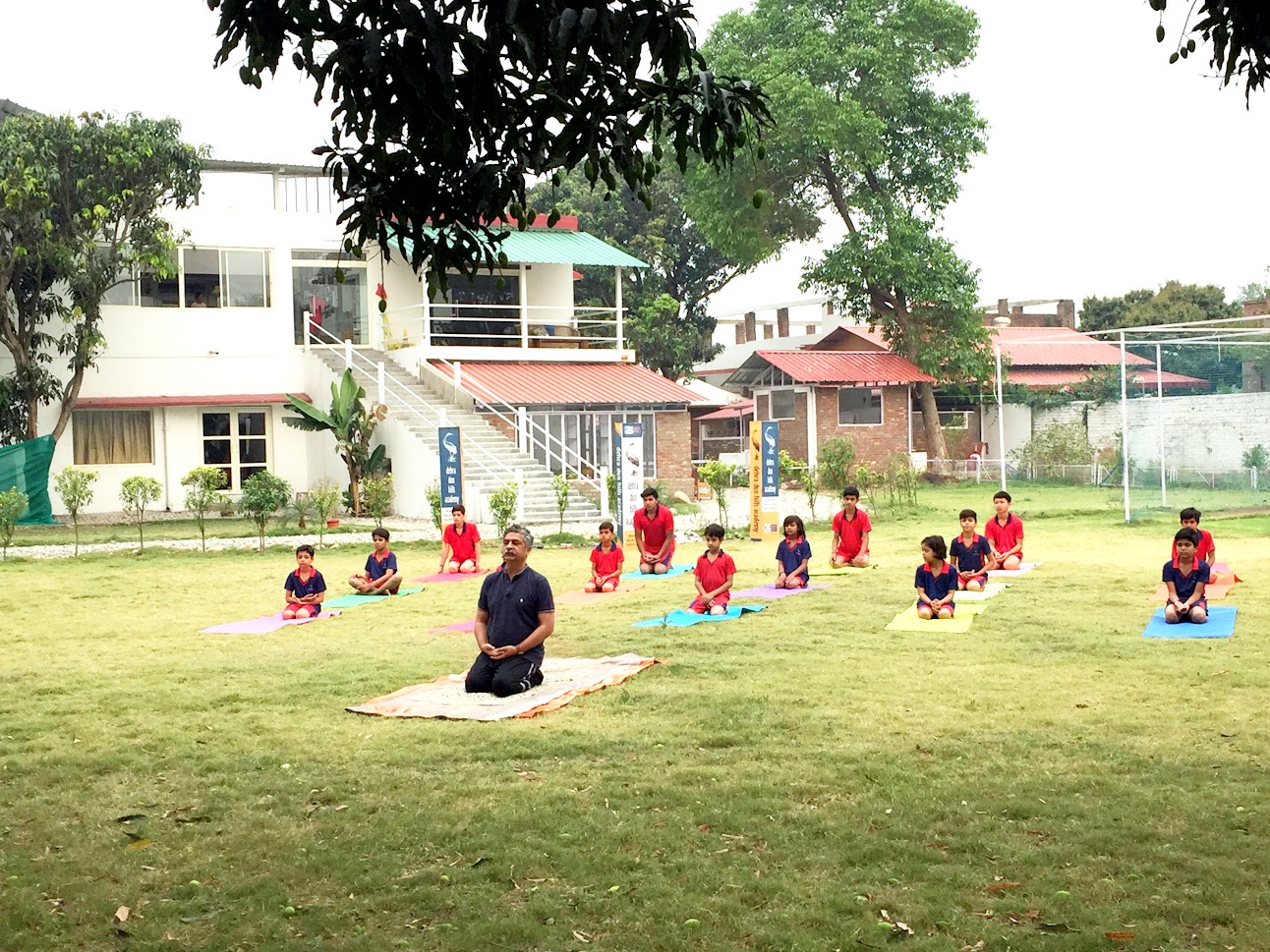EACH STUDENT GETS NOTICED:
In a smaller class, it’s more difficult for students to hide and get left behind. Fewer students means that each one gets attention from the teacher, and they are encouraged to open-up and take part and express their opinions.


BETTER RESULTS:
Research has shown that high school students in smaller classes have higher grades and perform better on their university entrance exams.
LEARNING IS ENHANCED:
Not only do students learn more in small classes, they also learn faster. And this means the class progresses through the course material more quickly. Their learning is enhanced by the confidence students develop to share their opinions and ask and answer questions, which also benefits their peers.


TEACHERS CAN TEACH:
Teachers at the front of a small class have more opportunities to observe and assess the class as a whole and the students as individuals. Learning is further enhanced when teachers and students can interact spontaneously in the classroom.
CLASSES BECOME A COMMUNITY:
With fewer students per class, individuals can connect more closely with their peers and become more confident and comfortable when it comes to sharing their ideas and perspectives. These connections lead to lasting friendships. At Dehra Dun Hills Academy, students will respect and connect with peers who are from different cultures and countries – a skill that is very important in the globalized 21st century.


OPPORTUNITIES TO PARTICIPATE:
Small groups mean fewer voices and that means the students those voices belong to have more chances to speak up in class. They can apply the knowledge they’ve acquired as they participate in discussions and express their opinions.
FOCUS ON LEARNING:
In learning environments with a limited number of students, teachers can spend more time teaching the material and less time getting the attention of those who get distracted. Teachers can also cater to students’ different learning styles and ensure that they stay engaged and understand what is being taught.


MORE FEEDBACK:
Teachers have more time to individualize their feedback, ensuring that each student understands the material, gets the help he or she needs, and is reaching his or her potential.
STUDENTS AND TEACHERS CAN WORK ONE-ON-ONE:
Students and teachers at Dehra Dun Hills Academy often work together one-on-one, which gives teachers the opportunity to customize instruction and guidance, and students receive their instructors’ and mentors’ undivided attention.


IDEAS ARE SHARED:
With fewer students in a class, there is more time for them to share their own ideas, express their opinions and describe their perspectives and where these come from, all of which enrich their international education abroad.




